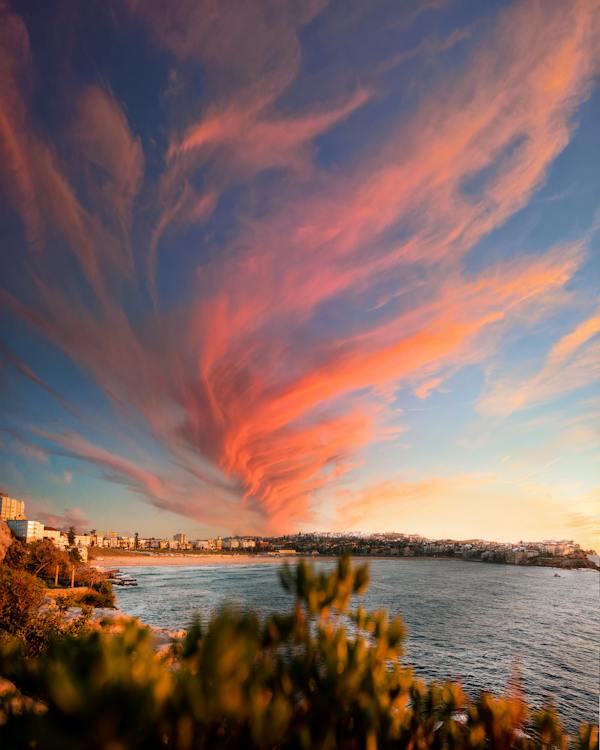Volcanoes steam, reflection from the shimmering turquoise lakes of the steep mountains, and vast wildlife are the foundation of Lake Clark National Park and Preserve’s grandeur.
The park covers 4,030,015 acres of the Alaska Peninsula’s base in south-central Alaska, and about 100 miles southwest of Anchorage. Approximately 2,637,000 acres lie in the park and 1,400,000 acres in the preserve.
The ancestral homelands of the Dena’ina people are preserved in the Lake Clark. It is an intact ecosystem and a rich cultural wilderness at the world’s headwaters of the largest sockeye salmon fishery.
The park includes the Chigmit Mountains and connects the Aleutian Range to the southwest and the Alaska Range to the north. Mountainous terrains that rise from the coastline of western Cook Inlet is framed by spires glaciers, rugged peaks, and snow-clad volcanoes. West of the mountains has cascading streams, braided glacial rivers, turquoise lakes, waterfalls, and vast flora and fauna. These unique features truly make the park stand out.
The Alaska Volcano Observatory of the United States Geological Survey continuously monitors volcanic activities in the park. In 2009, the eruption of Redoubt Volcano spewed ashes across southcentral Alaska and mudflows down the Drift River.
The park’s water bodies, such as streams, lakes, and rivers, give life and are essential to the portions of the headwaters spawning grounds of the world’s greatest salmon runs of Bristol Bay. Both the Kvichak and Nushagak Rivers find their headwaters in the park and preserve and flowing into this Bristol Bay.
The region of boreal forest and tundra is in the western portion of the park and preserve. The lines on a map that defines the human boundaries is more apparent through the boreal forest and tundra ecosystems where wolves, bears, and other wildlife travel enormous distances to eke out a living.
History
The Alaskan native descent were the Lake Clark’s first people who came into the region a millennia ago, and the earliest human presence was at Bristol Bay. Northern Archaic tradition followed between 6000 BP and 4000 BP. There were two sites recorded to have come from these traditions. From 5000 BP to 3000 BP emerged the arctic small tool tradition, and the Norton tradition arrived between 2,200 BP and 1000 BP concentrated around Bristol Bay.
It was around 2000 BP that the Thule Tradition was established and lasted until historic times. Kijik village that was inhabited by Dena’ina until the early 20th century. It is also the park’s primary archaeological site. There was also recorder settlement that occurred around Chinitna Bay.
What adventure awaits at the park
- Hiking
Hiking is right around the lakes. But there are only two maintained trail system within the park and preserve. Hike the Tanalian Trails originating in Port Alsworth at the park’s heart. You can find the trailhead near the southern-most airstrip in town. Make early reservations, or when you are at the park, you can stop at the visitor center in Port Alsworth for current trail conditions and a trail map.
- Beaver Pond Trail
If you are hiking the Tanalian Trail system, you can make a loop by returning on the Beaver Pond Trail. This trail wanders through quiet birch groves and past an old beaver pond where shorebirds nest in the early summer. Benches overlook the beaver pond offering a quiet place for reflection.
You can start on this trail for your trek to the Tanalian Falls because it has a more gradual inclination up to the falls.
- Fishing at Chilikadrotna River
Aside from hiking, you can do floating and fishing at the Chilikadrotna River Float. It offers a trip to the fantastic scenery of Twin Lakes. Fish species include Chinook (King salmon) Sockeye (Red) Salmon, Coho (Silver) Salmon, and their season start from June to September. So plan your trips around this time. It is highly recommended to spend a day or two in this area to enjoy hiking and floating.
Due to the area’s remoteness, some wildlife viewing is also one of the best experiences you can get from visiting the park and preserve.
How to get to the Park
You can either ride a plane into the park’s heart or travel by boat or plane to the coast. According to bush pilots in Anchorage, “Lake Clark is just out the back door.” After an hour flight, you will be there.
From Anchorage, take a plane to Port Alsworth, and a flight through Lake Clark Pass will take you over snowcapped mountains, immense blue glaciers, winding rivers. Sometimes, planes land on the coast for salmon fishing.
Another option is to take an alternative flight from Anchorage to Iliamna, just 30 miles outside the park, and from there, you can ride an air taxi into the park. Air taxis fly in from Homer and Kenai, too. If you choose to reach the park by boat, you need to travel down Cook Inlet from Anchorage or across the inlet from the Kenai Peninsula.

